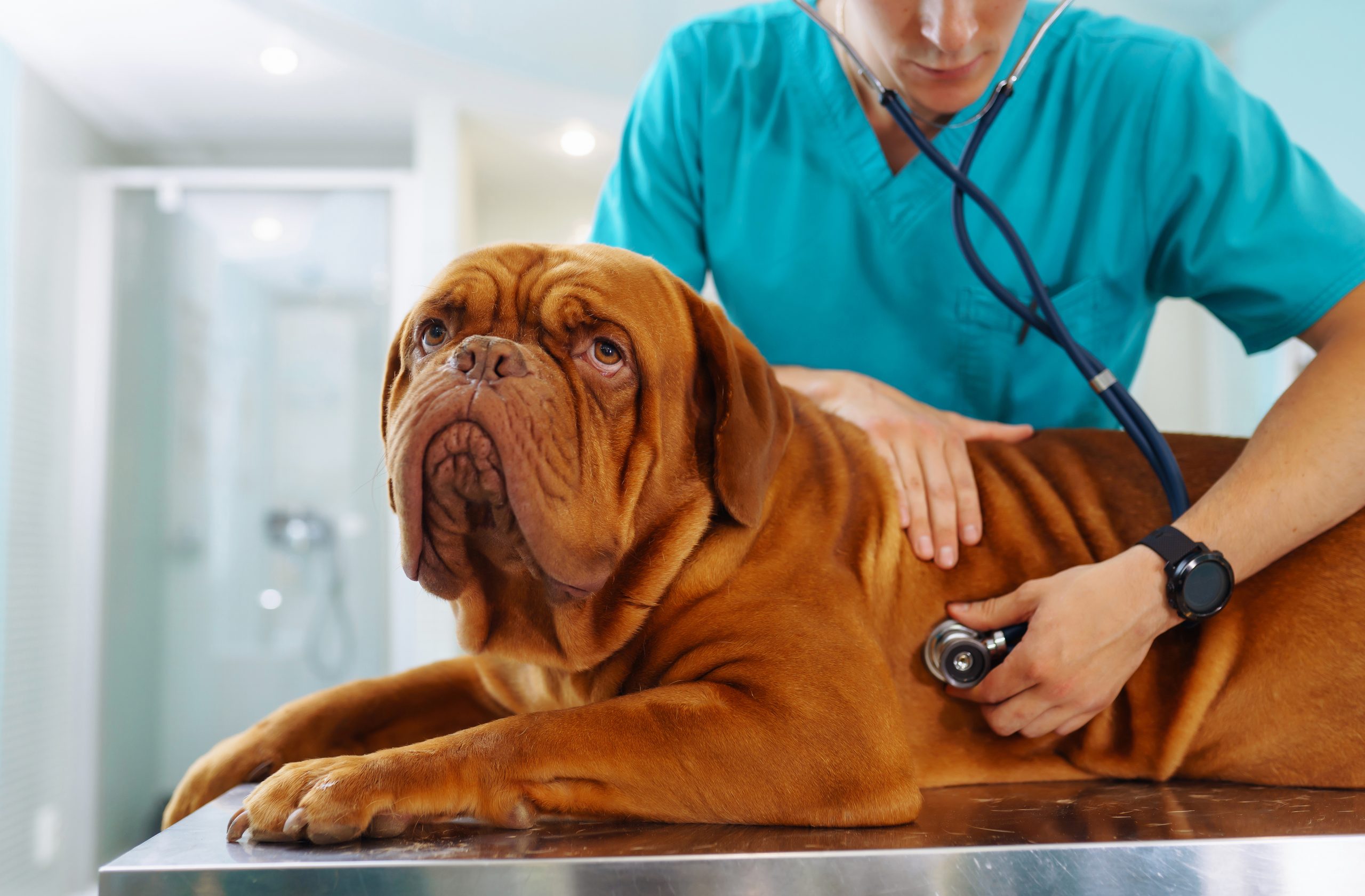Moving pets to a clinic can be stressful for them and for us. The unfamiliar smells, new people, and loud waiting rooms often trigger fear. As a result, many animals become anxious before the appointment even starts. In-home visits change that experience completely. With Dr. Wendy McClelland, DVM, we focus on creating a calm setting for care. By staying in their own space, cats and dogs feel safer, and we can give better attention to their needs.
Comfort in Familiar Surroundings
Animals rely on routine and familiar scents. When we bring veterinary care into the home, pets stay in the environment where they feel secure. They can rest on their favorite blanket or curl up in a known corner. This stability helps lower stress, which makes the exam or treatment go more smoothly.
For many pets, just avoiding the carrier or car ride is a major relief. Cats in particular associate carriers with unpleasant experiences, so removing that step reduces anxiety. Dogs also benefit because they avoid the overwhelming smells and sounds of a clinic waiting area. With in-home care, we can meet them where they are happiest.
Reducing Car Travel Anxiety
Car travel is one of the biggest triggers of stress in pets. Many cats meow continuously or hide in fear once they sense the trip is happening. Dogs may pant, drool, or even get sick during the ride. These responses are signs of stress that can linger even after arriving at the clinic.
By providing a mobile veterinary service, we take away the need for car travel entirely. Pets stay calm at home, which keeps their heart rates steady and their behavior more predictable. This calmer state allows us to complete exams faster and with less resistance. It also helps us observe a pet’s normal behavior, rather than behavior influenced by fear.
Easier Exams and Procedures
Stress makes it harder for us to perform proper exams. A nervous cat may hiss, hide, or resist being touched. An anxious dog might shake, bark, or try to escape. These reactions not only slow the process but also make it harder to take accurate readings like heart rate and temperature.
At home, animals are more relaxed, which lets us perform procedures with less restraint. This is especially important for blood draws, vaccinations, or checking teeth and ears. The smoother the process, the safer it is for everyone involved. Most importantly, it allows us to gather clear information about their health without the confusion that stress can create.
Better for Senior Pets
Older cats and dogs often struggle the most with clinic visits. Arthritis, mobility issues, or poor eyesight make traveling uncomfortable. Lifting a heavy senior dog into a car or coaxing an elderly cat into a carrier can cause physical strain for both the pet and the owner.
In-home visits let senior pets remain where they feel stable and secure. We can examine them in their favorite resting place, reducing discomfort. Our team also gets to see how they move around the house, which helps us better assess mobility challenges. This insight guides us in giving practical advice for making the home safer and more comfortable for aging pets.
Support for Multi-Pet Households
Families with more than one pet often face extra challenges when scheduling clinic visits. Transporting multiple carriers or leashes can be chaotic. Some pets pick up on the stress of others, leading to a cycle of anxiety.
Home visits simplify this process by allowing us to see all pets in one appointment. Each animal can wait comfortably in their own space until it is their turn. This avoids the stress of group transport and allows us to observe how the pets interact in their shared environment. Seeing these dynamics at home provides valuable context for their health and behavior.
Safer for Nervous or Reactive Pets
Some animals become reactive when exposed to unfamiliar pets or people. Barking, lunging, or aggressive behavior often arises from fear. In a clinic waiting room, this can escalate quickly, leading to stressful experiences for everyone.
By visiting pets in their homes, we reduce these triggers. Dogs can be introduced to us gradually at their own pace. Cats can stay in a familiar room without facing other animals. This calmer environment helps us gain trust and makes handling safer. Over time, pets often grow more comfortable with repeated in-home visits, further reducing stress.
More Accurate Health Insights
Stress can mask or exaggerate certain health signs. A cat that normally eats well may refuse food at the clinic. A dog’s elevated heart rate may reflect fear, not illness. These changes make it harder to get an accurate picture of health.
In-home care allows us to observe pets in their natural environment. We can see their normal eating habits, how they move around, and how they interact with family members. This context gives us a clearer understanding of their overall well-being. It also helps us spot early signs of health issues that might go unnoticed in a clinic setting.
Convenience for Families
Clinic visits require scheduling, travel time, and waiting. For busy families, this can be difficult to manage. Parents may need to arrange childcare or time off work just to attend an appointment. These challenges sometimes lead to delayed care, which is never ideal.
With in-home care, we come directly to the family. This reduces travel stress and makes scheduling easier. Families can stay in the comfort of their home while we handle the exam. For those balancing work and family life, this convenience encourages more consistent veterinary care and healthier pets.
Gentle Approach for End-of-Life Care
One of the hardest moments for pet owners is saying goodbye. A clinic environment can feel cold or rushed during this deeply emotional time. Many families want their pet to remain in a familiar, comfortable space.
Providing end-of-life care at home gives pets dignity and peace. They can be surrounded by their family, resting in a place they know. For families, this creates a gentler memory. It also allows for privacy and time without the pressure of a busy clinic schedule. Supporting pets and their owners in this way is one of the most compassionate aspects of our work.
Building Trust Over Time
Consistency builds trust with animals. When we visit pets at home, they begin to recognize us as part of their safe environment. Over time, they become less fearful of exams and more cooperative during visits.
This trust benefits long-term care. Pets are more willing to accept treatments or follow-up exams when they feel secure. Owners also gain confidence knowing their pets are comfortable with us. By developing these relationships, we create a positive cycle where stress decreases and care improves.
Encouraging Preventive Care
Stress is a common reason why some owners delay routine checkups. Skipping preventive care can lead to missed health problems that become serious over time.
With the ease of in-home visits, families are more likely to schedule regular exams. This means vaccinations, dental checks, and weight monitoring happen on time. Early detection of issues leads to quicker treatment and better outcomes. Preventive care not only protects pets but also gives families peace of mind.
How to Prepare for an In-Home Visit
Preparing for a home appointment is simple. We recommend choosing a quiet room where the pet feels comfortable. Having favorite toys, blankets, or treats available helps create a calm setting. For cats, keeping them in a smaller space before the visit can prevent hiding.
It is also helpful to write down any recent changes in behavior or appetite. Sharing this information ensures we address all concerns during the visit. Our goal is to make the process as smooth as possible for both the pet and the family. For anyone interested in learning more, we share full details about our mobile veterinary services.
Making Care More Personal
When we enter a home, we gain a better understanding of the pet’s daily life. We see their resting spots, food bowls, and routines. This context allows us to give tailored advice that fits their environment. For example, we might suggest adjusting a feeding area for an older dog or creating a safe climbing space for a senior cat.
These personal touches improve care. They help families make small changes that have a big impact on the comfort and health of their pets. Every home is unique, and in-home visits let us match our advice to the real life of each pet.
Taking the Next Step
Stress-free veterinary care benefits both pets and their families. By choosing in-home visits, we create a calmer experience, gather better health information, and make care more convenient. Our team is dedicated to supporting pets where they feel most at ease.
If you would like to schedule a visit or have questions about your pet’s needs, we encourage you to contact us. We are here to provide guidance and care that fits your family’s life.
Frequently Asked Questions
What types of pets benefit most from in-home care?
Cats, senior dogs, and pets with anxiety benefit the most, but any pet can feel more comfortable at home.
Do you bring the same equipment as a clinic?
We bring portable tools for exams, vaccinations, and many treatments, but advanced procedures may still require a clinic.
How can I help my cat stay calm before the visit?
Keep your cat in a quiet room with familiar bedding and minimize handling until we arrive.
Is in-home care more expensive than clinic visits?
Costs vary depending on the type of service, but many families find the convenience and reduced stress worth it.
Can you provide emergency care at home?
For urgent issues we can often respond, but some emergencies require immediate hospital care. We will always guide families on the best step.






